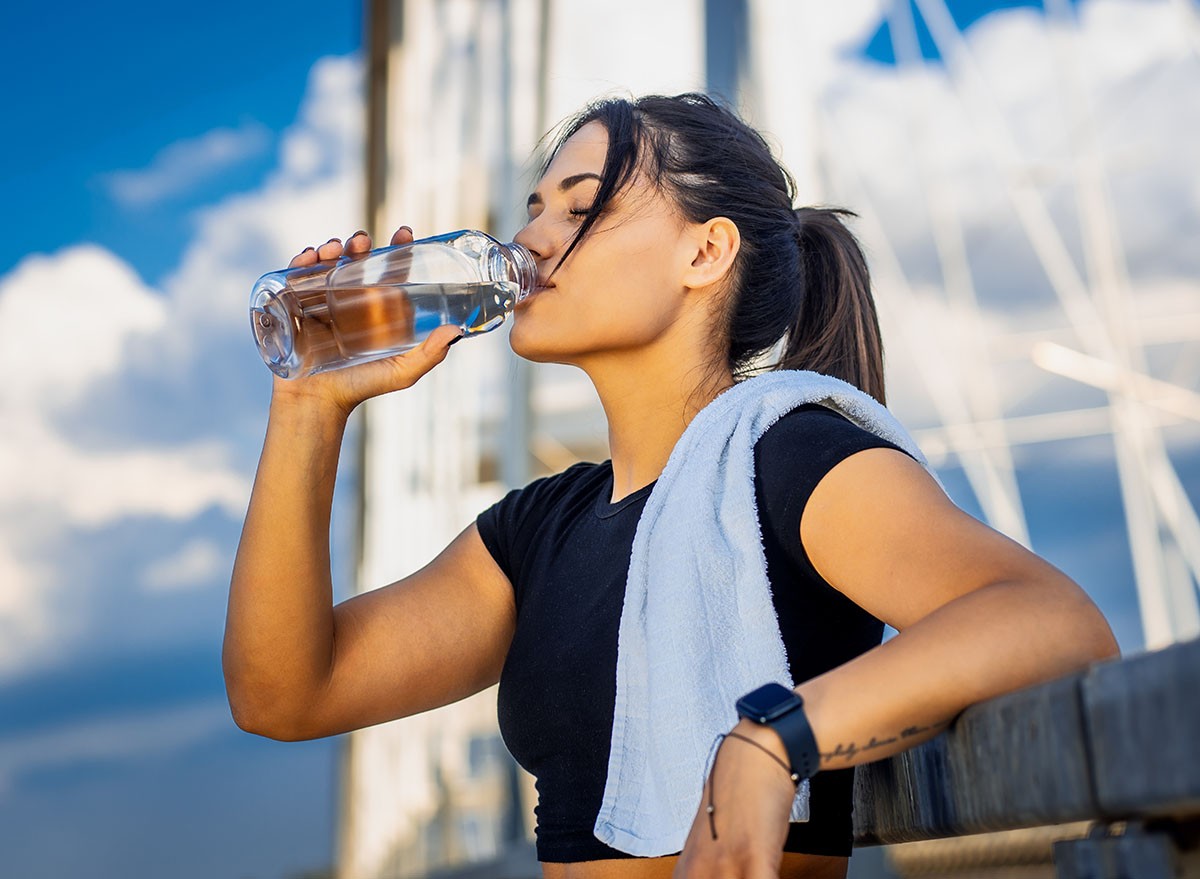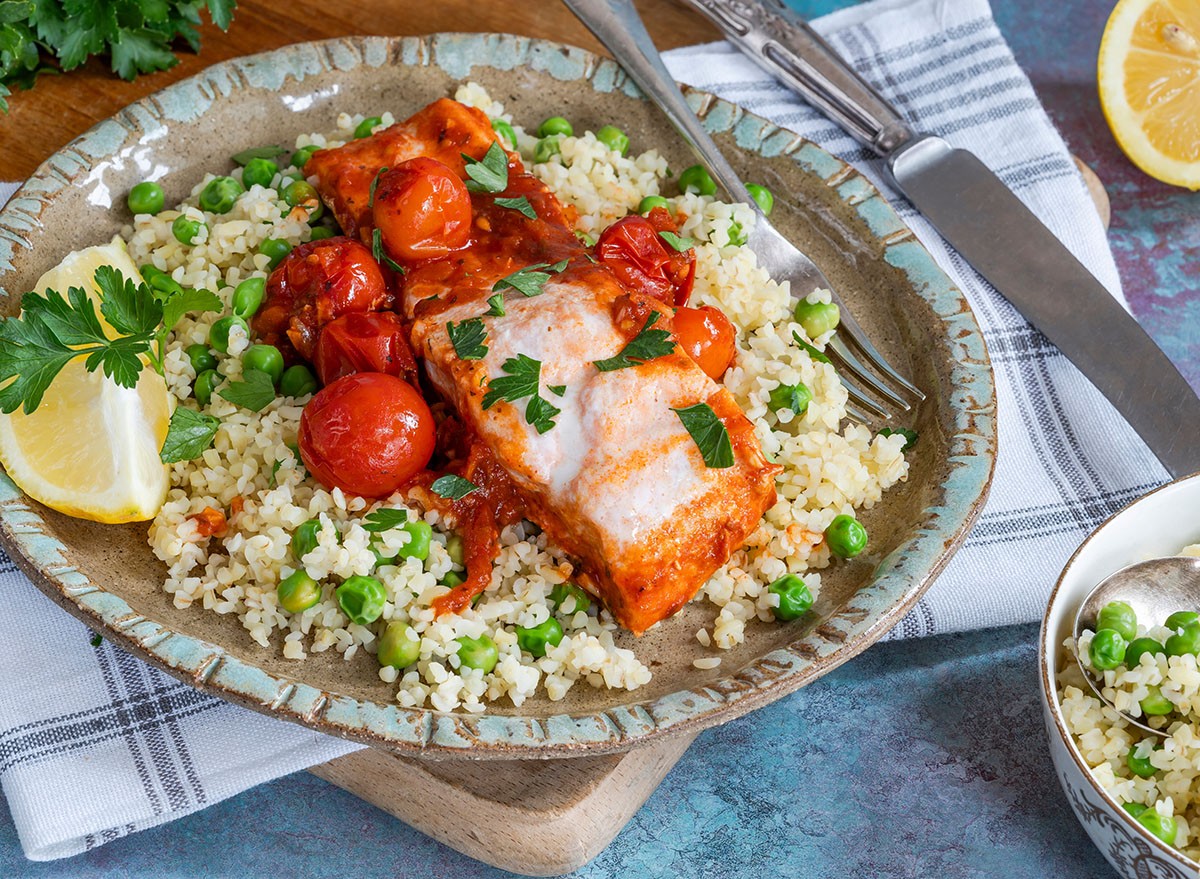7 Proven Ways to Boost Energy Without Caffeine

Drinking coffee, green tea, or anything infused with caffeine is an easy way to boost energy quickly. However, with the quick energy hit, you will likely crash hard after. This is why finding other, more sustainable ways to boost your energy can be game-changing. Body Network spoke to Amanda Hester-Smith, Ayurvedic & Naturopathic Practitioner, herbalist, certified yoga instructor, and founder of Balaveda, a clean energy drink brand infused with adaptogens, who offers some tips on how to do this. Here are seven proven ways to boost energy without caffeine.
Get Some Morning Sun

"Start your day by stepping outside—even for just 10 minutes," she says. "That early sunlight tells your body it's time to wake up, helping reset your sleep cycle and giving you a natural energy boost. It's like nature's version of flipping the 'on' switch in your brain."
RELATED: 8 High-Protein Foods with Nearly Zero Calories That Melt Fat
Move Your Body

She also recommends moving your body. "You don't need a full workout to feel more alive. A quick walk, a few stretches, or even five minutes of light movement can get your blood flowing and lift your mood. Movement literally wakes up your whole system," she says.
Drink More Water

Feeling tired? You might just be dehydrated. "Water helps your brain focus, keeps your metabolism running smoothly, and supports your energy levels throughout the day. Keep a bottle nearby and sip often—you'll notice the difference," says Hester-Smith.
RELATED: 20 Foods You Didn't Know Were Ultra-Processed
Add Adaptogens to Your Routine

She also recommends adding adaptogens to your routine. "Adaptogens like astragalus, maca, ginseng, and cordyceps are plant-based allies that help your body handle stress and maintain steady energy. They work with your system, not against it, offering stamina and focus without the crash," she says.
Take a Few Deep Breaths

"When energy dips, try slowing down your breath," says Hester-Smith. "Deep, intentional breathing brings more oxygen to your brain and calms your nervous system. A few minutes of focused breathing can completely shift how you feel. Bonus points if you can do it outside and get some fresh air."
Eat Smarter for Energy

She also recommends eating smarter for energy. "Avoid the sugar rollercoaster, we want sustainable energy, not spikes and crashes. Instead, aim for meals and snacks with protein, healthy fats, and slow-burning carbs. That balance keeps your energy stable and helps you stay focused without sudden drops," she said.
RELATED: She Lost 75 Lbs by Eating These 3 Foods That "Mimic" the Effects of Ozempic
Step Away and Reset

Sometimes you just need to step away and reset. "Staring at a screen for hours drains you fast. Take short, intentional breaks—step outside, stretch, breathe, or just sit quietly. These small pauses recharge your mind so you can come back clearer and sharper," she says. And if you enjoyed this article, take advantage of these 15 Quick Ways to Lose Body Fat Percentage in a Week.




